As concerns grow over the energy consumption required to power blockchain networks like Bitcoin and Ethereum, next-generation projects like IOTA are pioneering more sustainable models. IOTA’s latest iteration, IOTA 2.0, incorporates several innovations to dramatically reduce its carbon footprint.
At the core is IOTA’s new “IOTA Trinity” consensus mechanism that validates transactions without computationally-intensive mining. By avoiding energy-draining proof-of-work protocols required by traditional blockchains, IOTA Trinity streamlines consensus using a Directed Acyclic Graph (DAG) structure.
This feeless approach slashes electricity usage while still delivering secure, scalable consensus. IOTA co-founder Dominik Schiener estimates Trinity cuts energy needs by up to 99% compared to mining-based networks.
IOTA 2.0 also utilizes lightweight data structures dubbed “IOTA Streams” to minimize energy required for storing and accessing data on the ledger. By reducing node storage demands and network payload sizes, IOTA Streams further optimize energy efficiency.
Additionally, IOTA 2.0 prioritizes using renewable energy to power its operations. The IOTA Foundation has formed partnerships with sustainable energy providers to develop a network of solar and wind-powered nodes.
Related: IOTA: Addressing Challenges With Environmental Data to Help Fight Climate Change
This greener node infrastructure will reduce IOTA’s overall reliance on fossil fuel-generated electricity. IOTA already runs several zero-emission nodes but aims to drive adoption of fully renewable-powered nodes to match 100% of network energy needs.
These efforts underscore IOTA’s commitment to sustainable blockchain technology that does not burden the environment. Co-founder Schiener views scalability and efficiency as intertwined challenges, stating “you can’t have one without the other.”
IOTA’s refinements have established its network as one of the most eco-friendly blockchains active today. INATBA, the International Association for Trusted Blockchain Applications, recognized IOTA’s sustainability advantage by naming IOTA an official supporter of its Climate Action and Environment Working Group.
As blockchain technology matures, projects that promote environmental stewardship will be best positioned for mainstream adoption. IOTA 2.0’s optimizations and green energy focus set the standard for how blockchains can scale responsibly to meet adoption needs without unsustainable electricity demands.
If the digital economy aims to develop in harmony with the physical world, blockchains must follow IOTA’s lead and treat ecological impact as a top-level design goal. By engineering sustainability into its core, IOTA paves the way for blockchains that drive innovation while respecting the planet’s finite resources.



